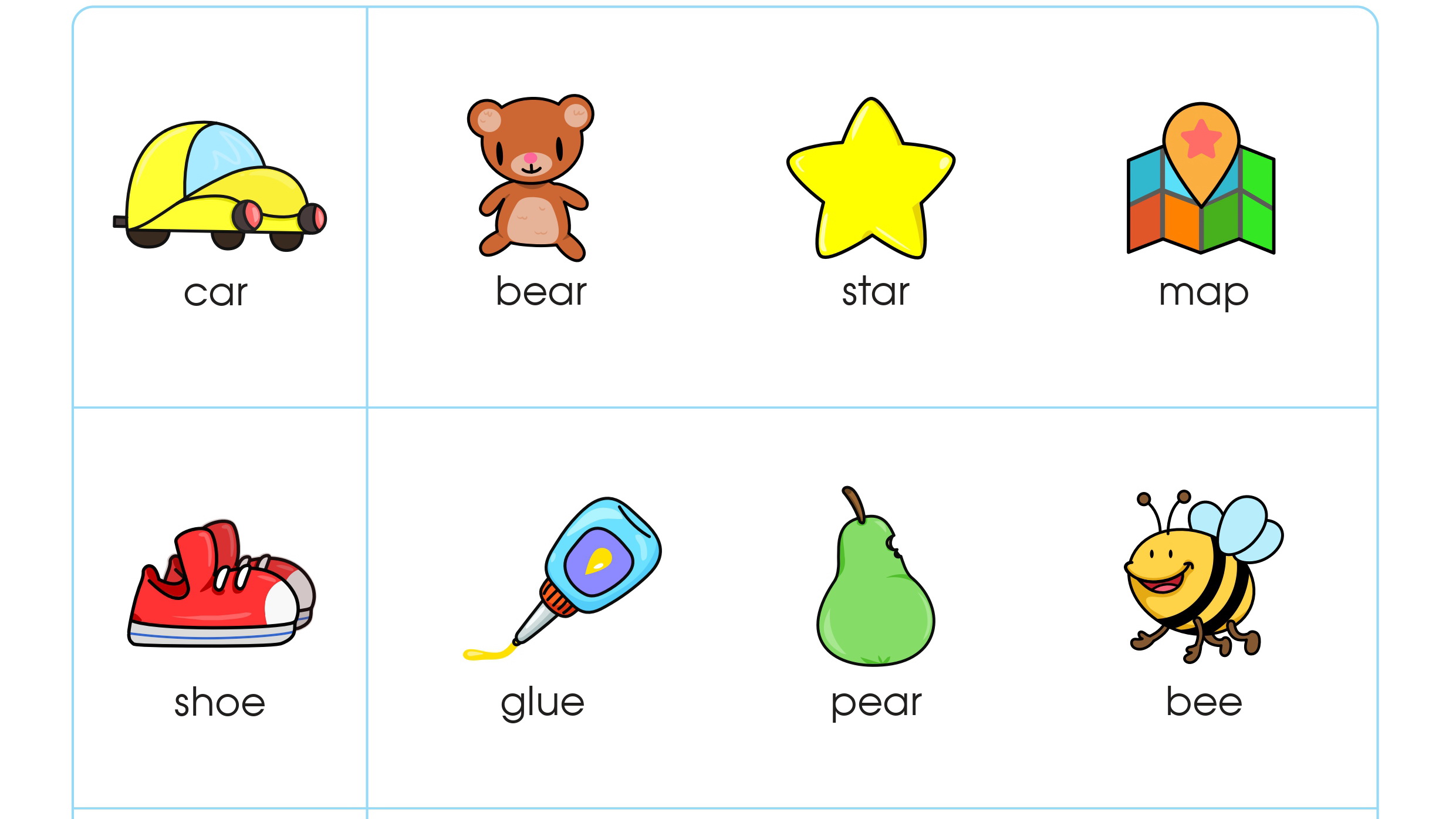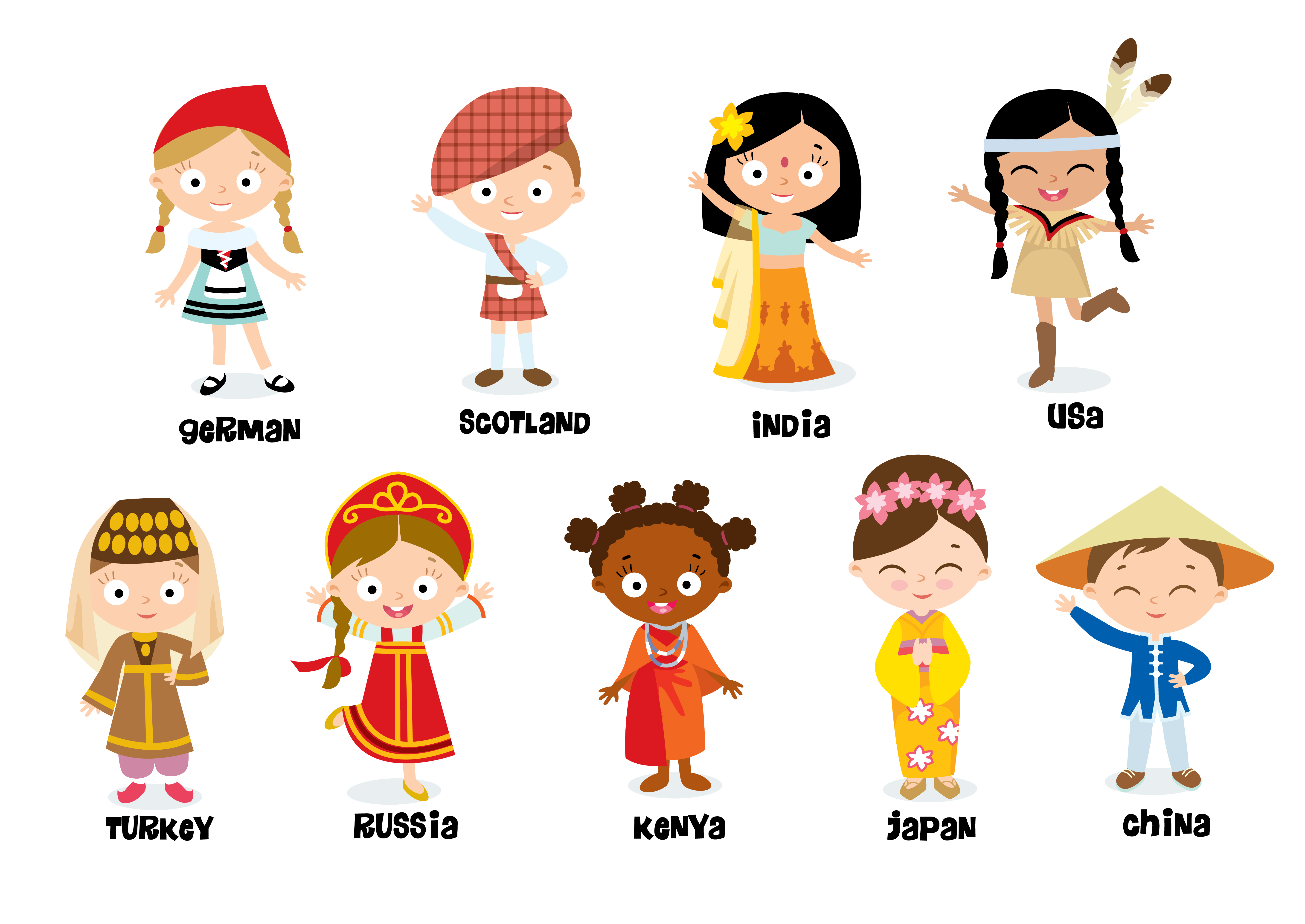Shape Recognition Easy Worksheets for Ages 6-9
24 filtered results
-
From - To
Discover engaging and educational "Shape Recognition Easy Worksheets" designed for children ages 6-9. Our worksheets help young learners identify and differentiate various shapes through fun activities that foster creativity and critical thinking skills. Each worksheet is tailored to enhance visual recognition and spatial awareness, making learning enjoyable. Teachers and parents will find these resources valuable for reinforcing shape concepts, encouraging hands-on exploration, and supporting developmental milestones. Printed or digital options are available, ensuring that every child can dive into the world of shapes with ease. Explore our collection today and watch your child's confidence and abilities grow!
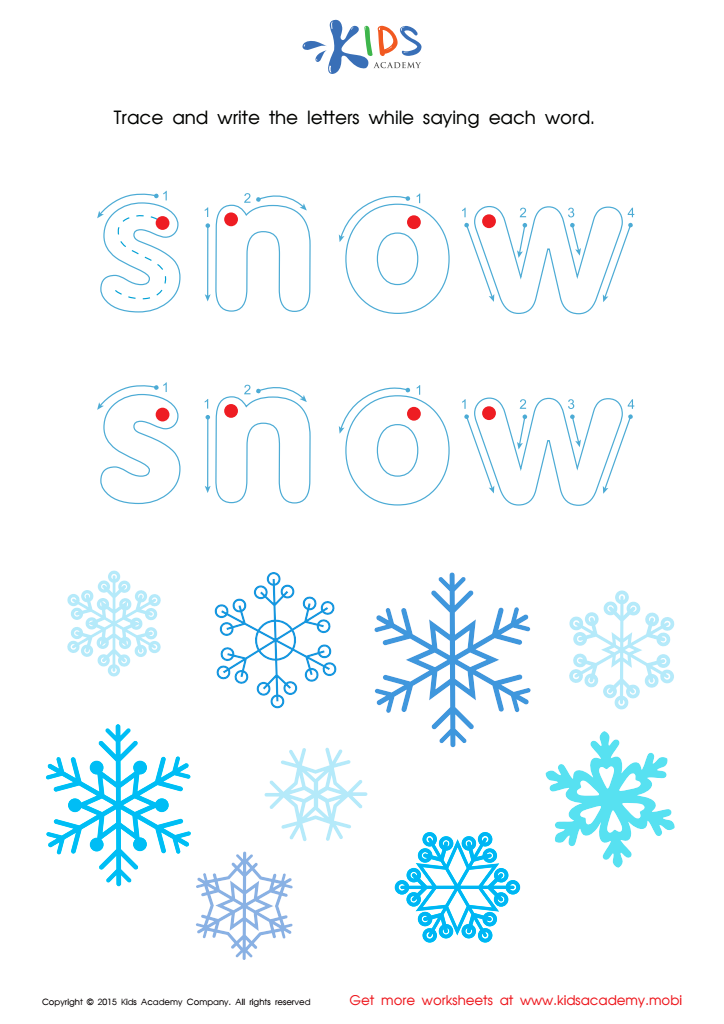

Snowflake Tracing Winter Words Worksheet


Cone Hide-and-Seek Worksheet
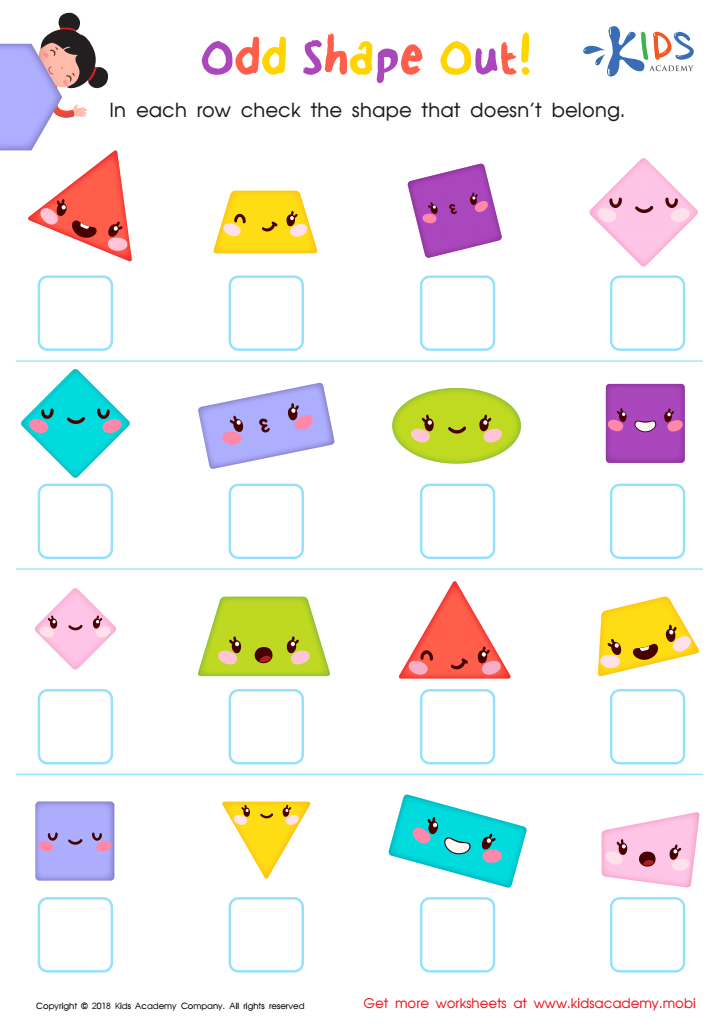

Odd Shape Out Worksheet for Grade 3
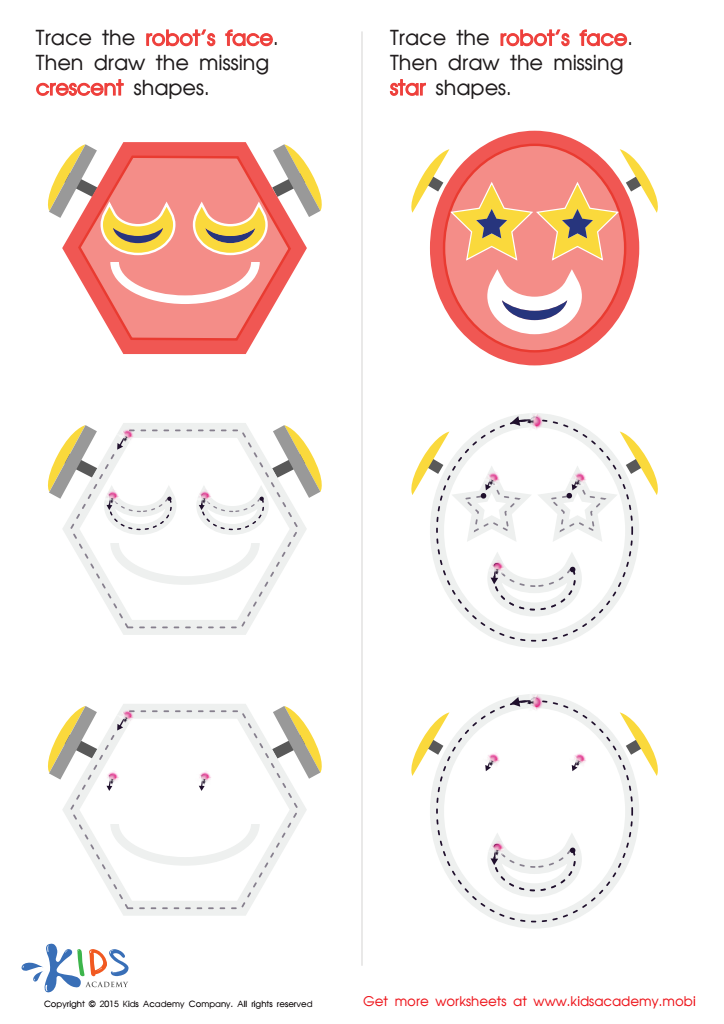

Composing a Robot's Face of Crescents And Stars Worksheet
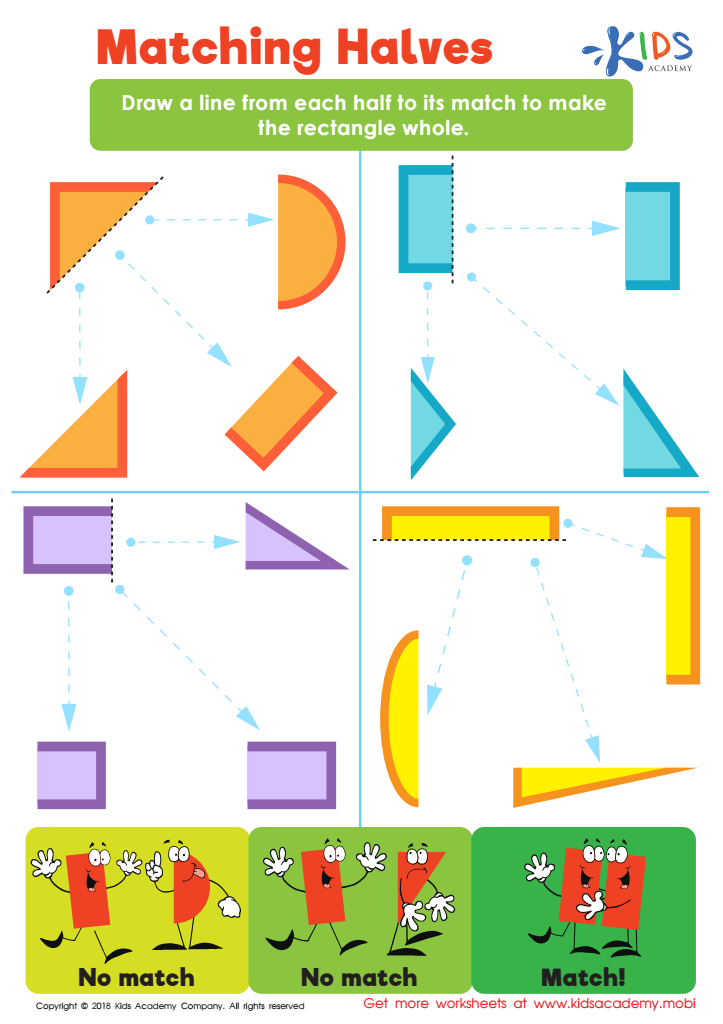

Matching Halves Worksheet
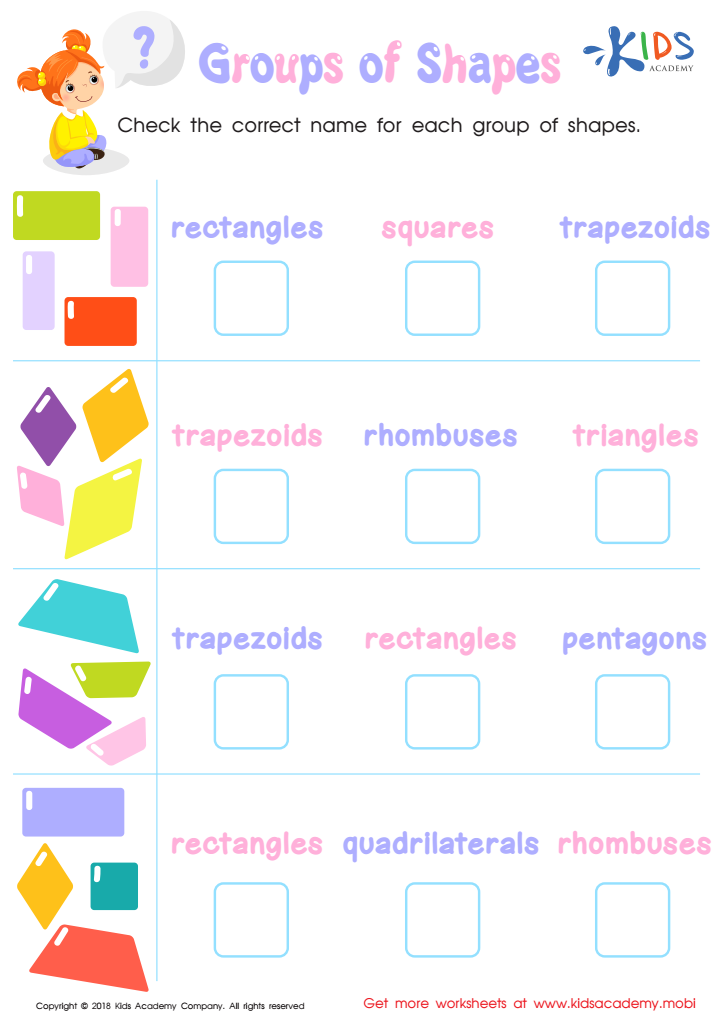

Groups of Shapes Worksheet


Faces of 3D Shapes Worksheet
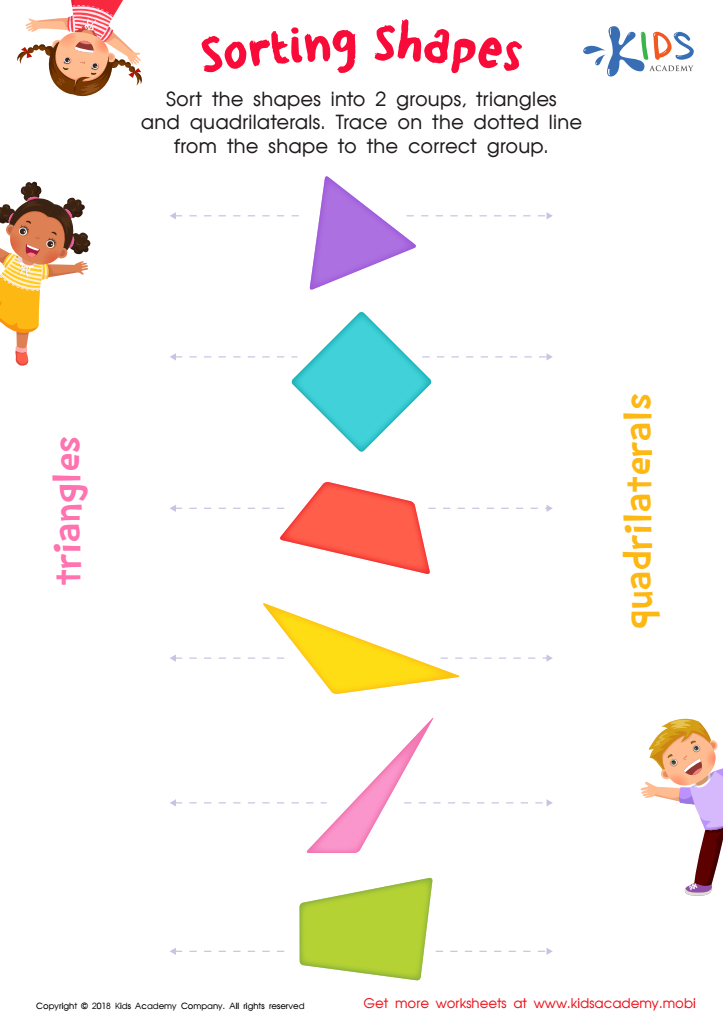

Sorting Shapes Worksheet
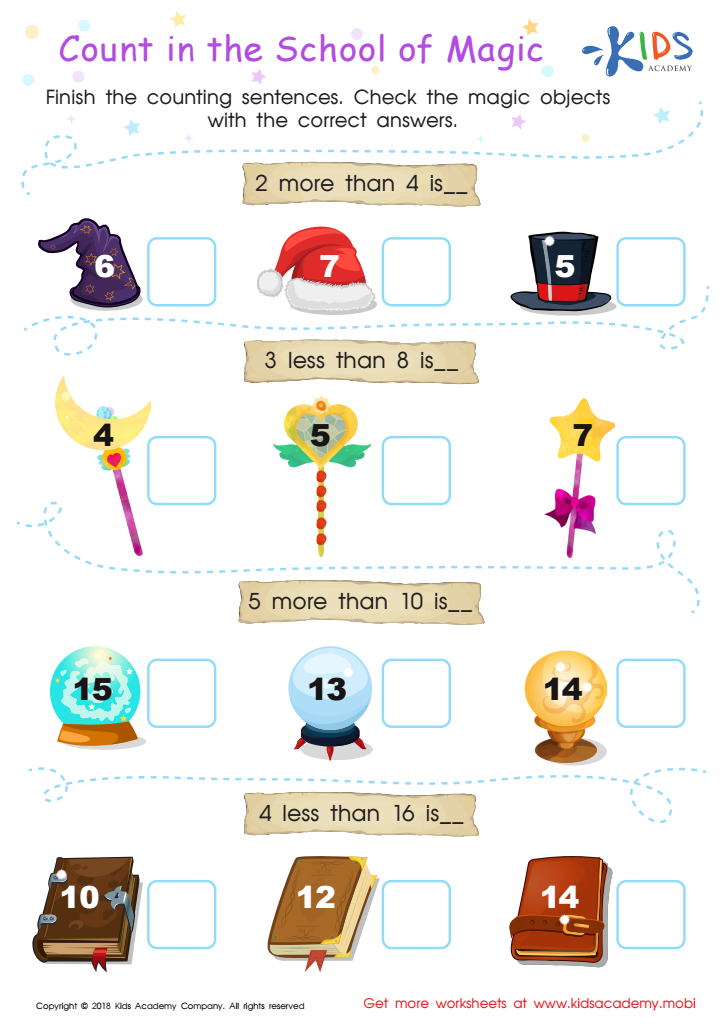

Count in the School of Magic Worksheet
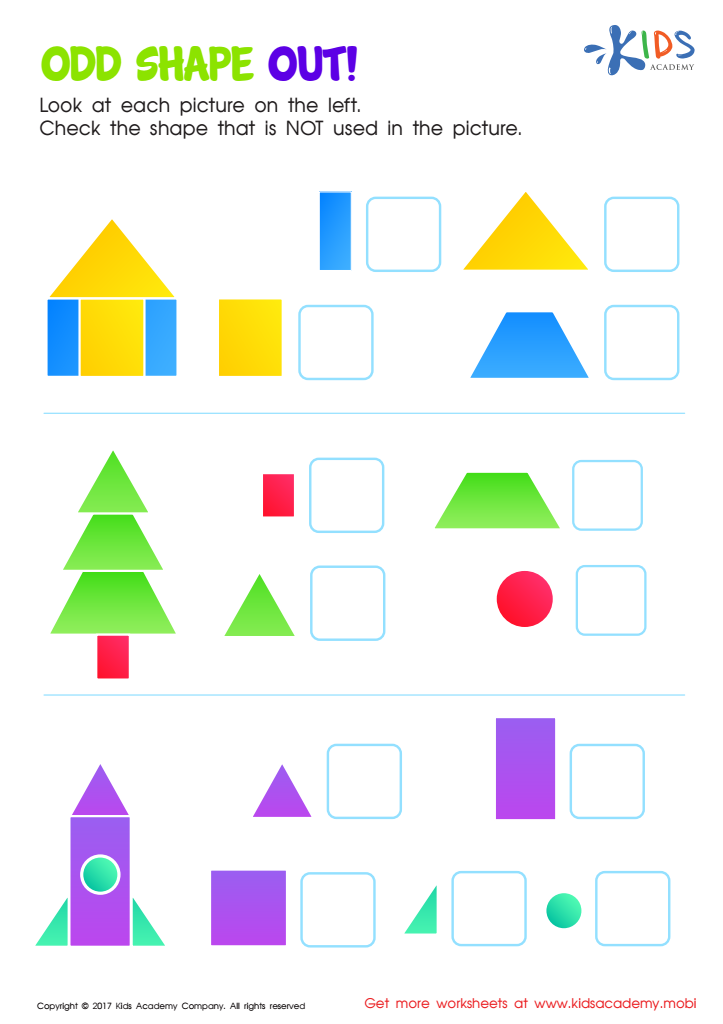

Odd Shape Out Worksheet for Grade 1


Counting Shapes Worksheet
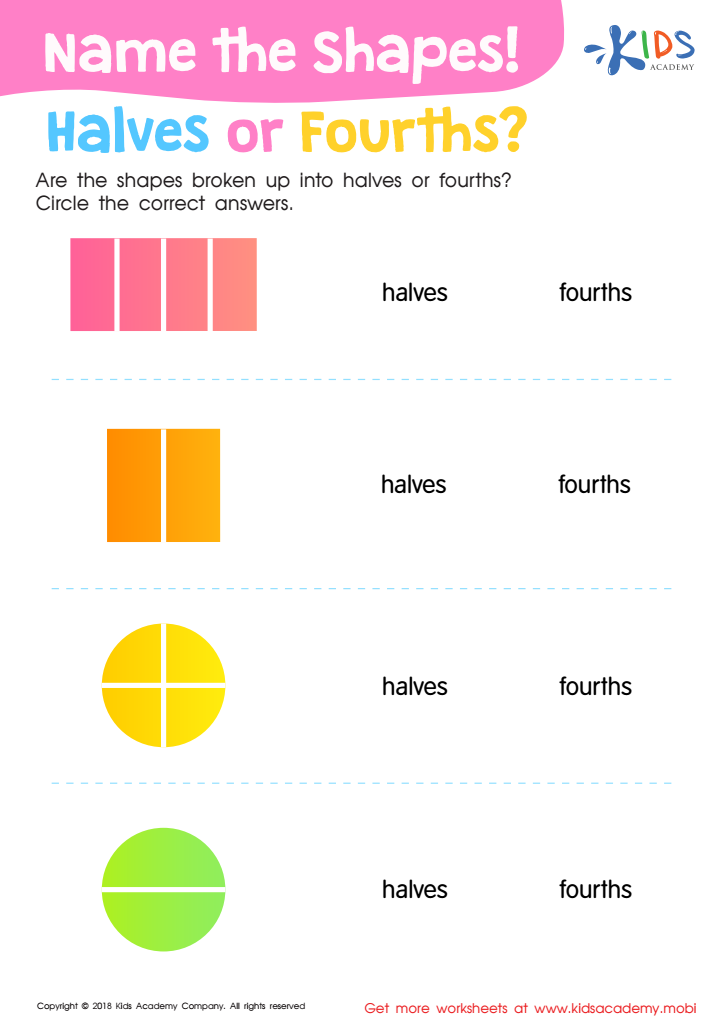

Name the Shapes Halves or Fourths? Worksheet
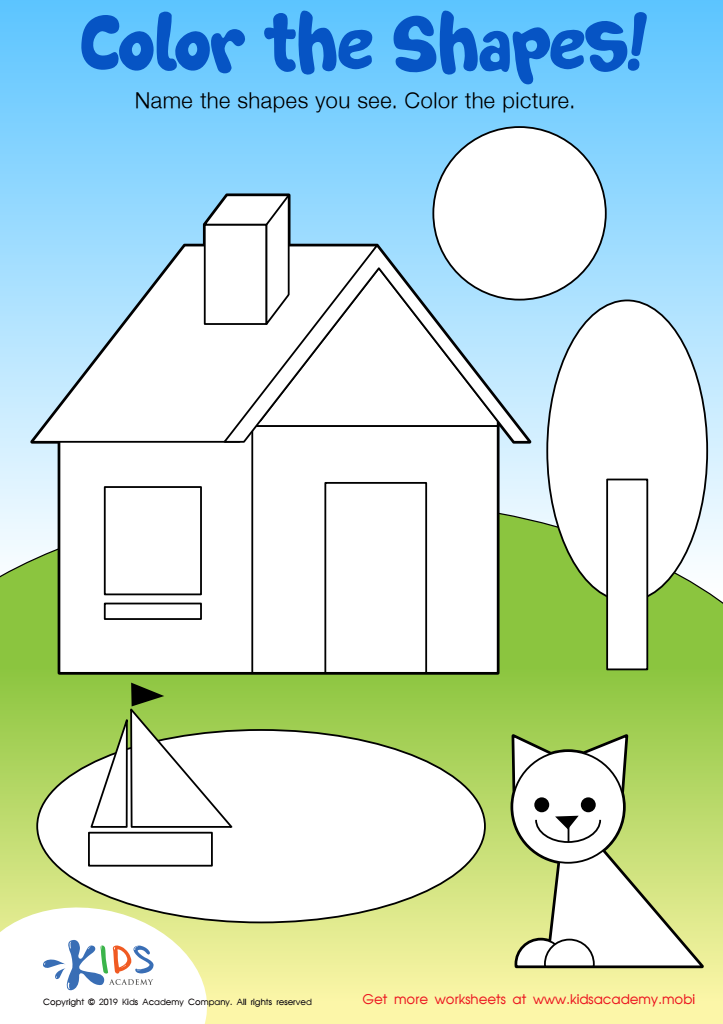

Color the Shapes Worksheet
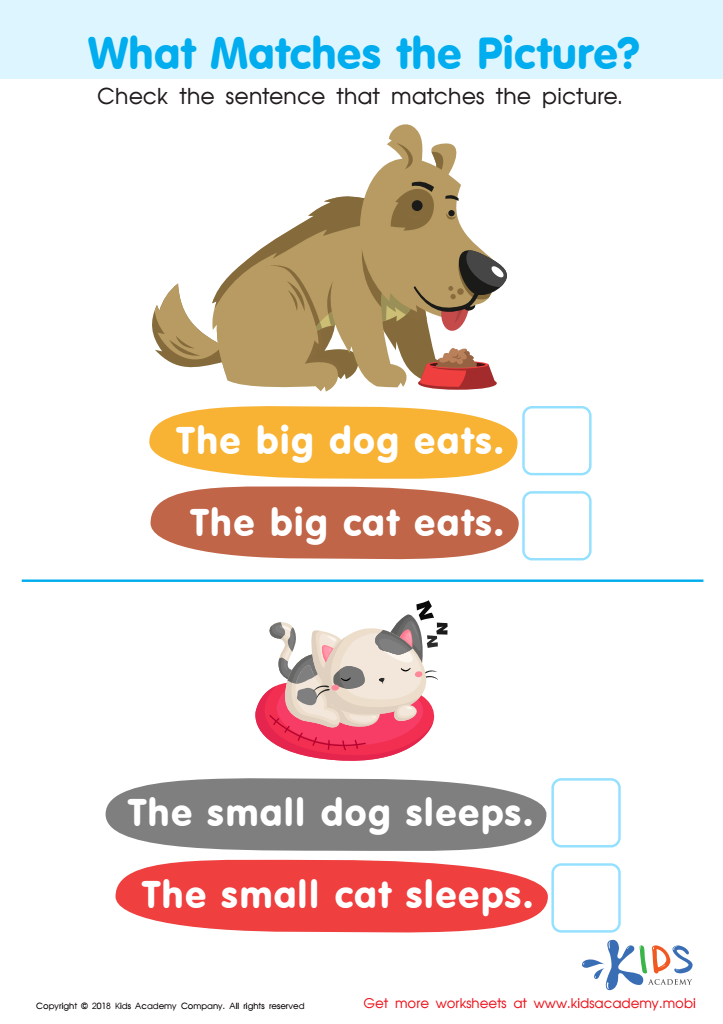

What Matches the Picture? Worksheet
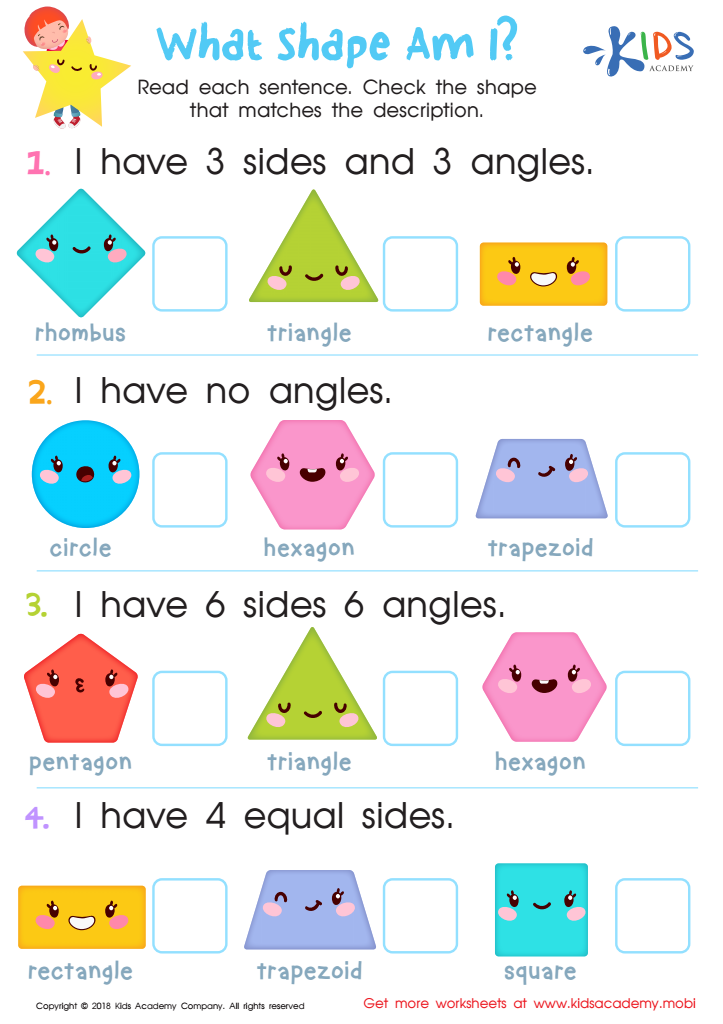

What Shape Am I? Worksheet
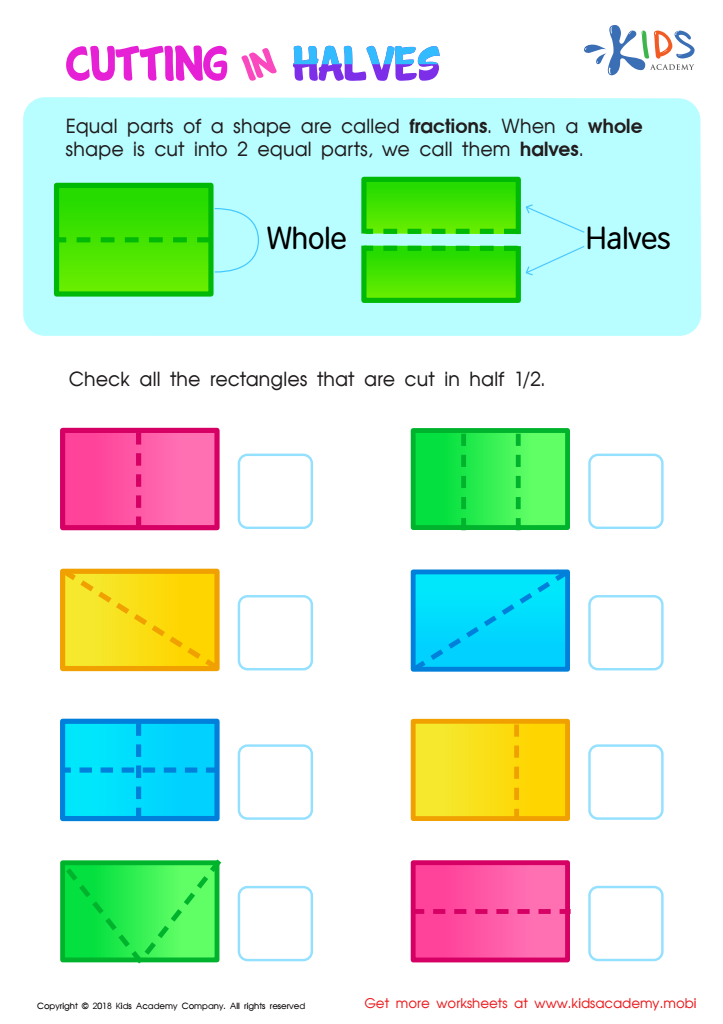

Cutting in Halves Worksheet
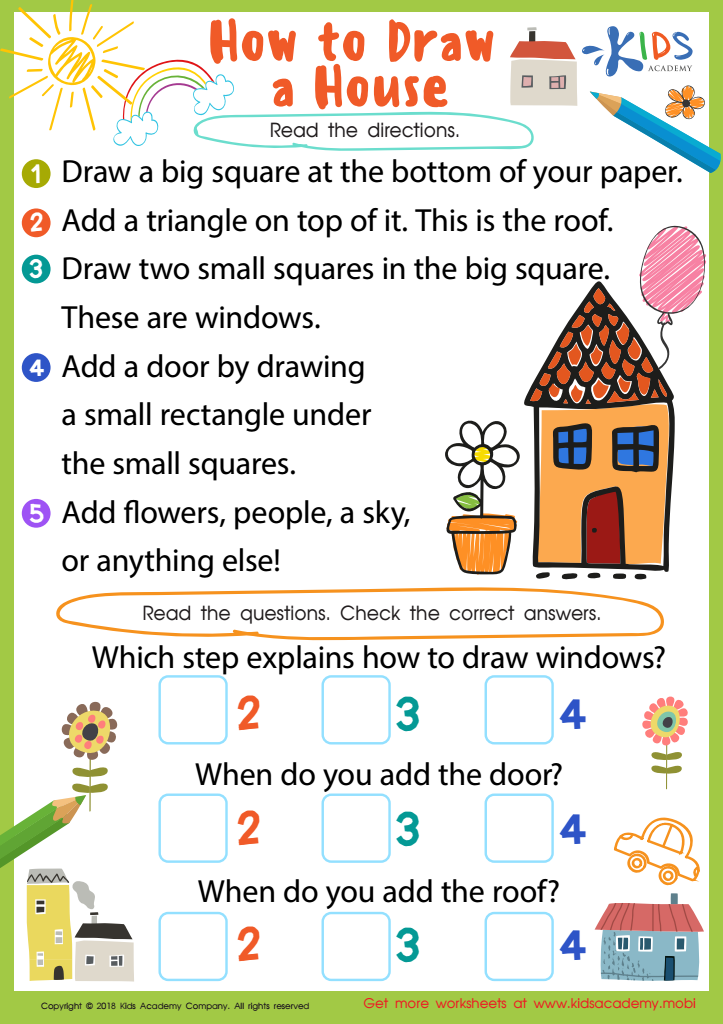

How to Draw House Worksheet
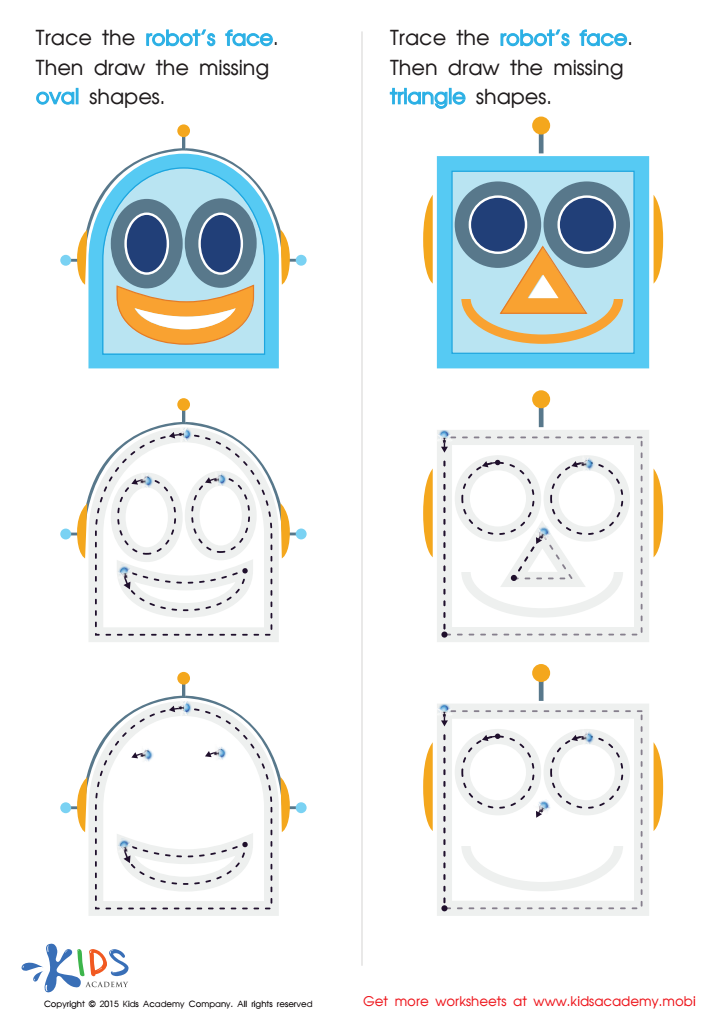

Drawing Ovals And Triangles with Fun Printable
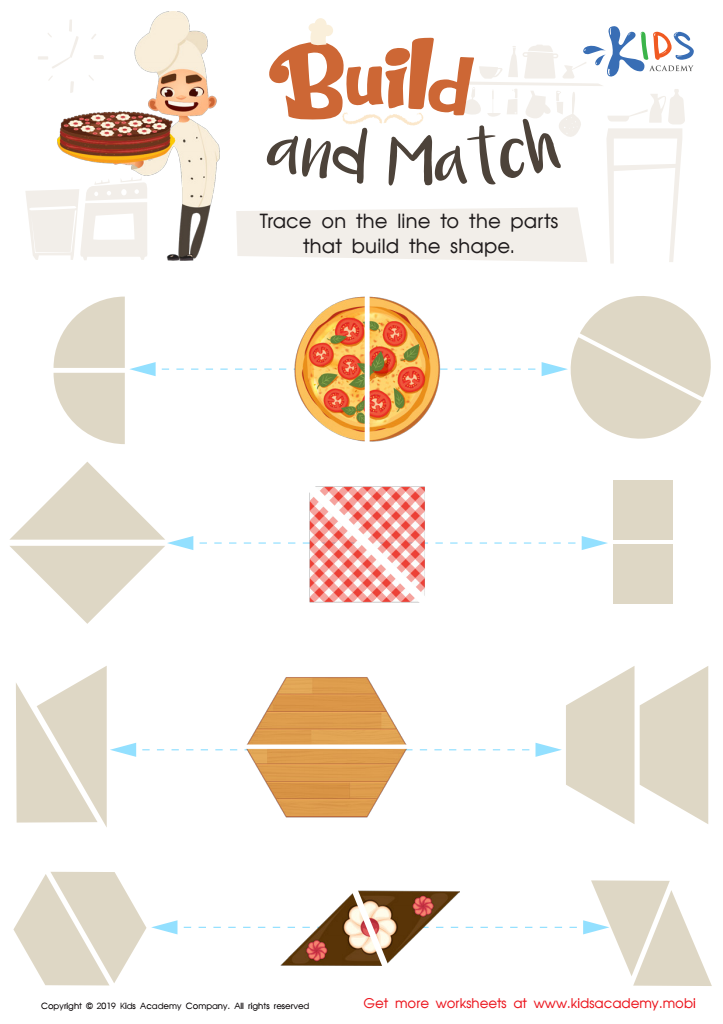

Build and Match Worksheet
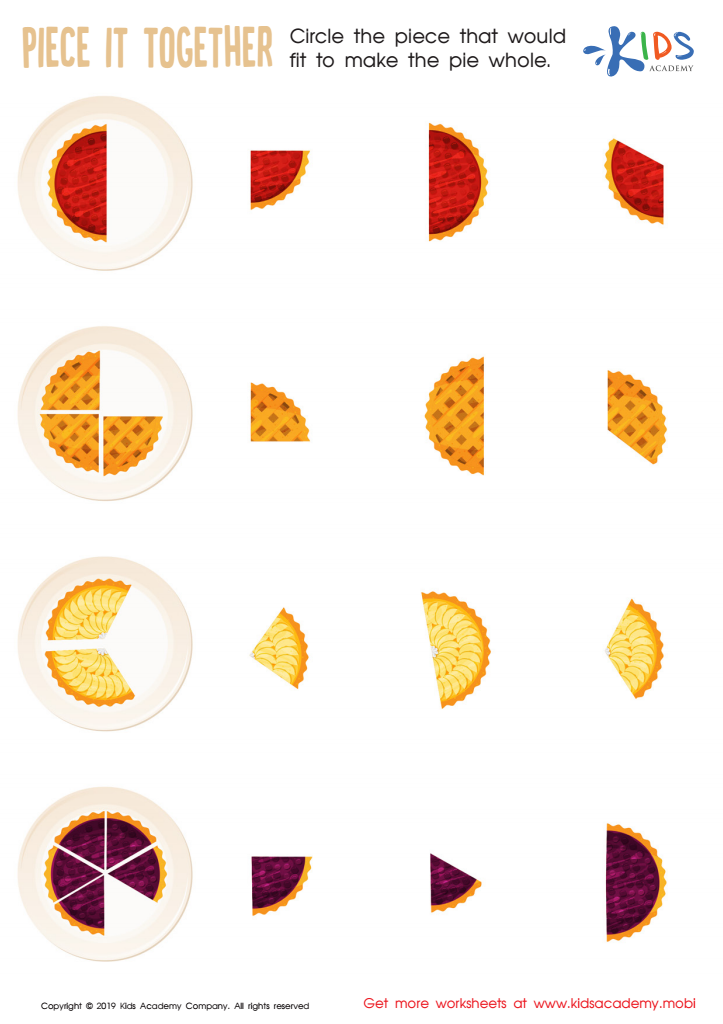

Piece it together Worksheet
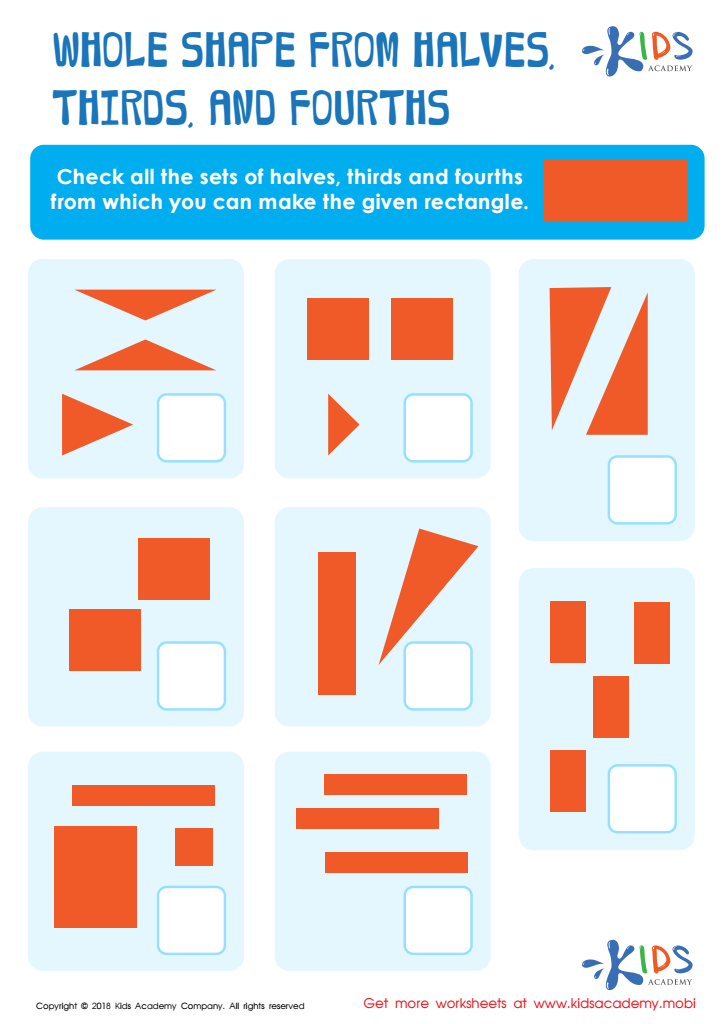

Whole Shape from Halves, Thirds and Fourths Worksheet
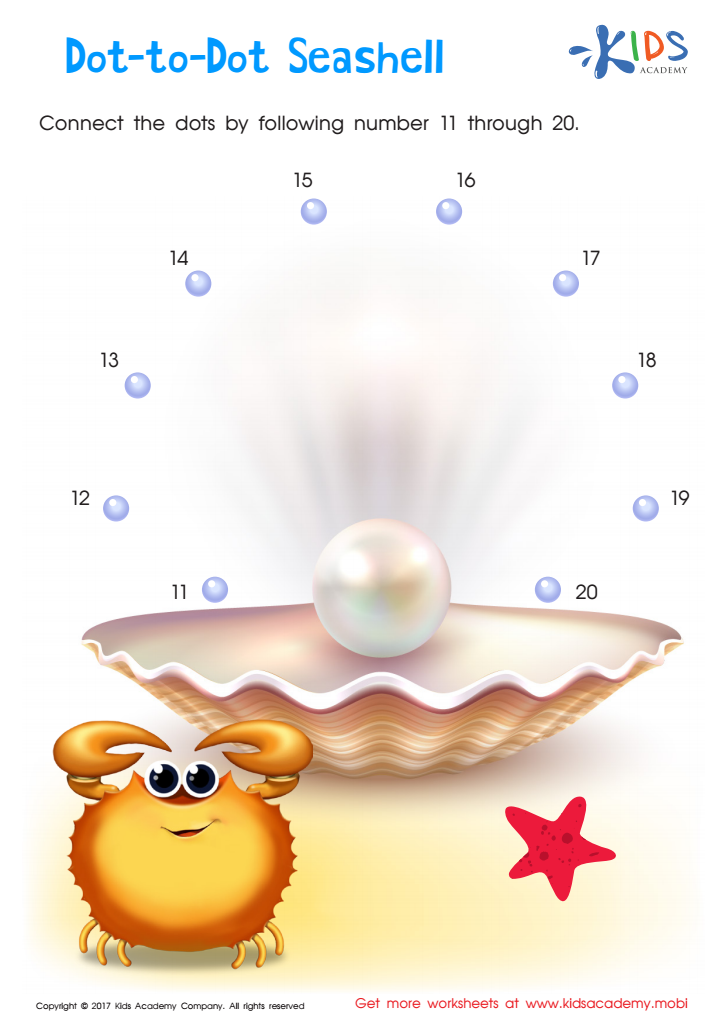

Ordering 11–20: Dot–to–dot Seashell Printable
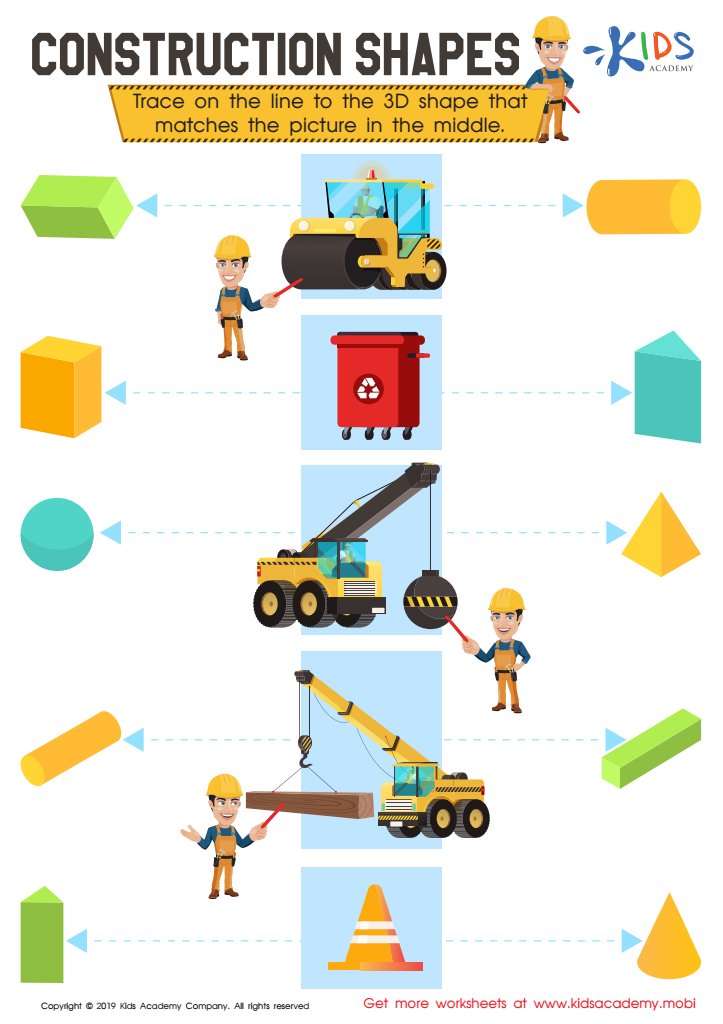

Construction Shapes Worksheet
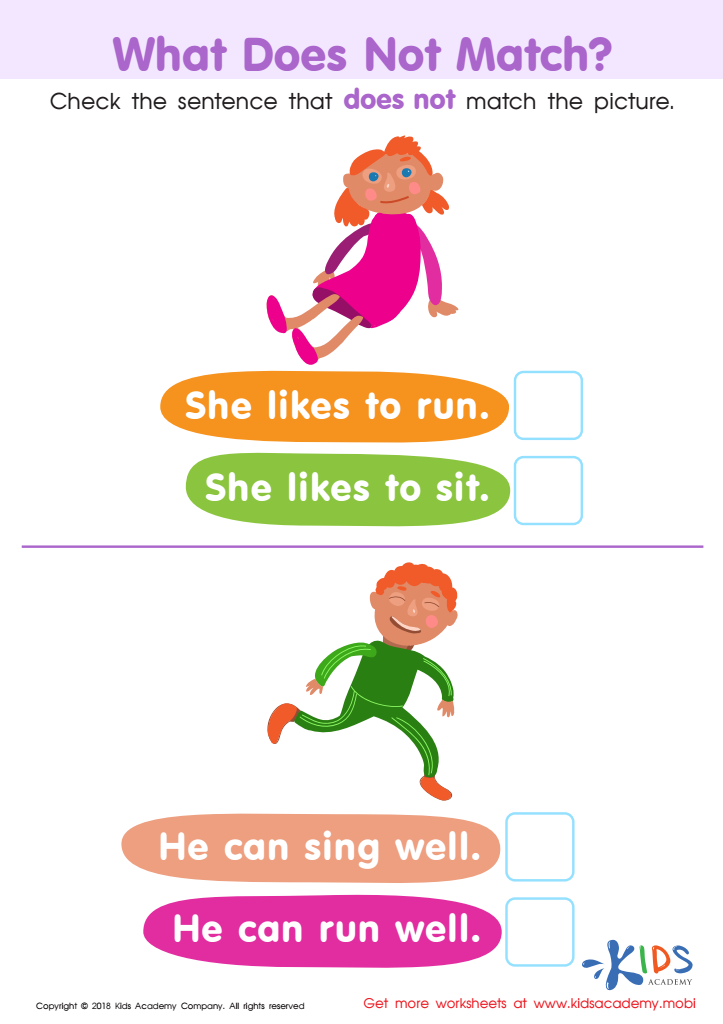

What Does Not Match? Worksheet
Shape recognition is a fundamental skill that lays the groundwork for various cognitive and academic developments in children aged 6-9. Parents and teachers should prioritize this aspect of learning as it not only enhances visual perception but also fosters critical thinking and spatial awareness. Recognizing shapes aids children in understanding patterns, which is essential for problem-solving in mathematics and art.
Moreover, shape recognition supports fine motor skills through hands-on activities such as drawing, cutting, and constructing. These tactile experiences engage children and deepen their understanding of shapes and their properties. Understanding geometry is vital for everyday tasks, and early shape recognition is a precursor to more complex concepts in mathematics.
Additionally, incorporating shape recognition strategies in support of learning environments fosters collaboration and communication among peers, aiding social development. As children discuss and work with shapes in group settings, they learn to articulate ideas and respect differing opinions.
Investing time in shape recognition not only supports cognitive and academic skills but also nurtures creativity, teamwork, and effective communication. This holistic approach positively influences a child's overall development, ensuring they are well-equipped for future learning challenges.
 Assign to My Students
Assign to My Students







